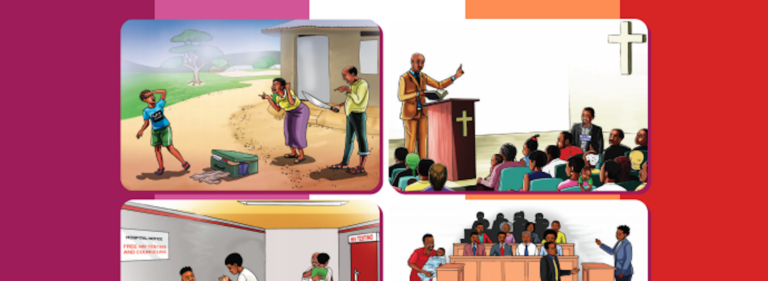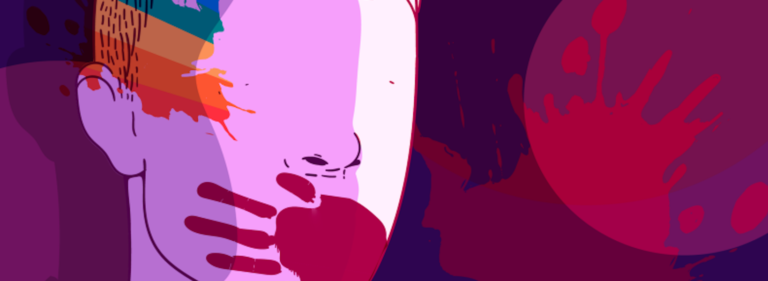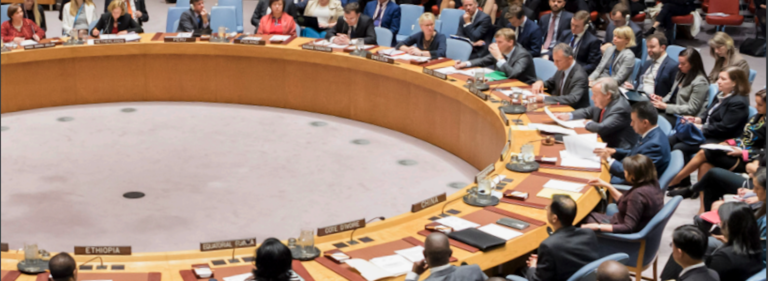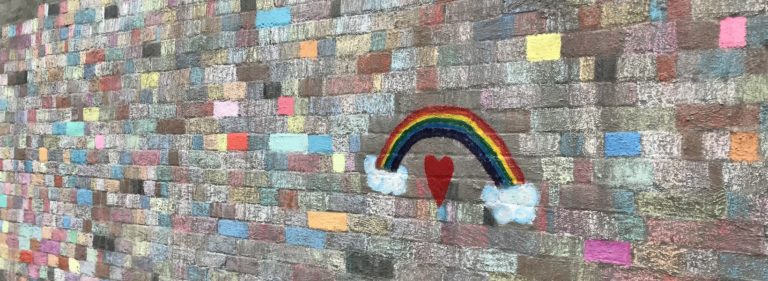The Human Rights Council (HRC) might seem like a rarefied diplomatic space, heavily divorced from on-the-ground realities of humanitarian responses and development projects. Endless statements from diplomats and hours of debate on specific word choices in resolutions is not everyone’s cup of tea.
However even small mentions in resolutions, statements and side-events at the HRC can be a starting point for a project proposal or a conversation. A great example of this is Edge Effect’s work in Water, Sanitation and Hygiene, an area where there is little existing development sector policy and practice.
Our initial discussions with INGOs were made much easier because we could quote reports by the Special Rapporteur on the human right to safe drinking water and sanitation, including. One of these is A/HRC/42/47, a report on Human rights to water and sanitation in spheres of life beyond the household with an emphasis on public spaces. This and other reports highlight specific challenges people with diverse SOGIESC have in accessing safe drinking water and sanitation, and make it clear the rights-based development organisations have an obligation to address these gaps.
Each year there are three main meetings of the Human Rights Council, and the third meeting for 2020 is happening in Geneva over 14 September to 6 October 2020.
So what’s worth following at this 45th session? Luckily the International Service for Human Rights has this handy guide.
At Edge Effect we’re following the resolution on “Accountability for ensuring women’s and girls’ full enjoyment of human rights in humanitarian settings” being sponsored by Canada, Fiji, Georgia, Uruguay and Sweden. A statement on this subject at the 44th session made no mention of challenges faced by women with diverse gender identities, sex characteristics or sexual orientations. This is not unusual – conservative states at the HRC routinely block mentions of anything that hints at LGBTIQ+ inclusion. But it is an opportunity to remind more friendly states – and the humanitarian sector – that all women should enjoy these rights, not only women who are cisgender or heterosexual or who have bodies that align with social and medical norms of female bodies.
The resolution on “Women, Peace and Security” is a similar case. There’s an increasing body of work – including articles by Jamie Hagen and a recent report by Outright International – that highlight the need for all women to be included in this resolution and the global work that follows from it.
Other resolutions that have relevance for diverse SOGIESC rights in development and humanitarian contexts include one on “human rights and indigenous peoples” and “the human rights to safe drinking water and sanitation”.
The human rights implications of COVID-19 will be the subject of much discussion, in the lead up to a report on this subject at the next (46th) session early next year. Edge Effect has previously written about the impact of COVID-19 on people with diverse SOGIESC.
The session on reprisals is also of key interest to diverse SOGIESC advocates, with ISHR highlighting that they remain “deeply concerned about reprisals against civil society actors who engage or seek to engage with UN bodies mechanisms”. This a major concern for diverse SOGIESC inclusion, where LGBTIQ+ activists come from states that have a pattern of harassment.
Diverse SOGIESC issues often seem invisible at the Human Rights Council. Outside of the specific mandate of the Independent Expert on protection against violence and discrimination based on sexual orientation and gender identity, there are states that clearly support diverse SOGIESC inclusion and that make that clear. But there are also states that are actively hostile, and who seek to wind back inclusive language and decisions. And the consensus nature of much HRC business means that the objections of those states often derail diverse SOGIESC inclusion efforts, and can make diverse SOGIESC inclusion seem like a tough slog. All the more reason to pay attention.
